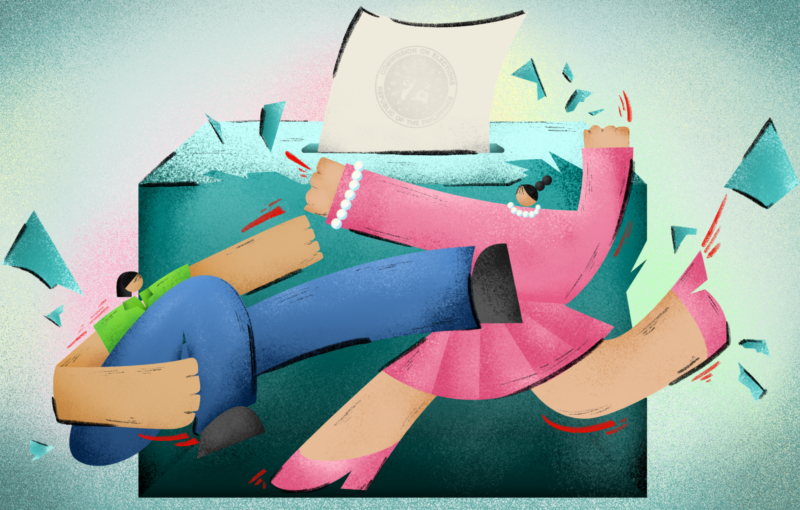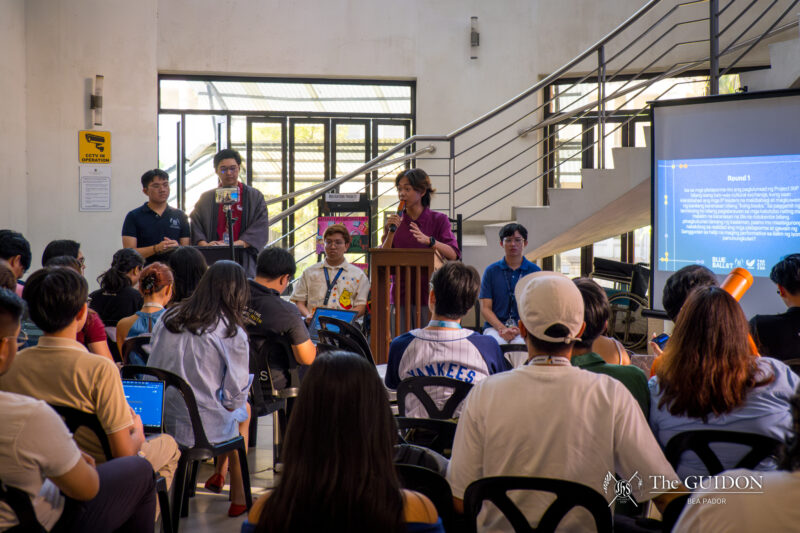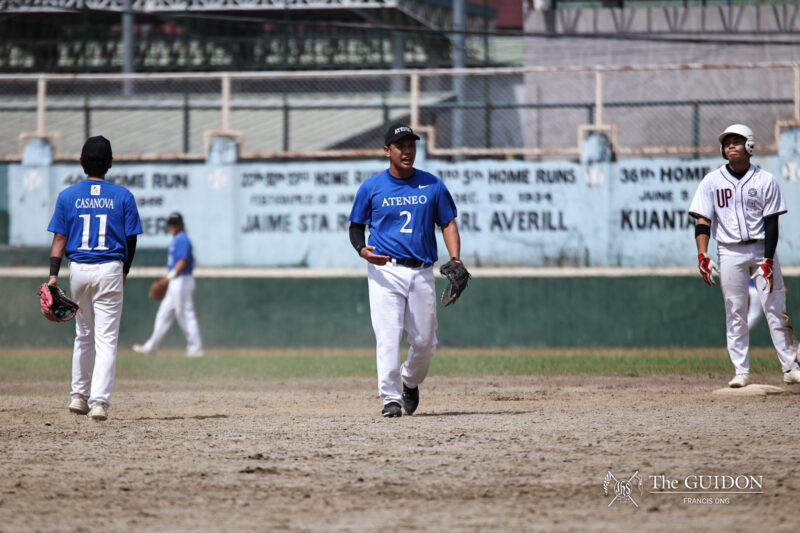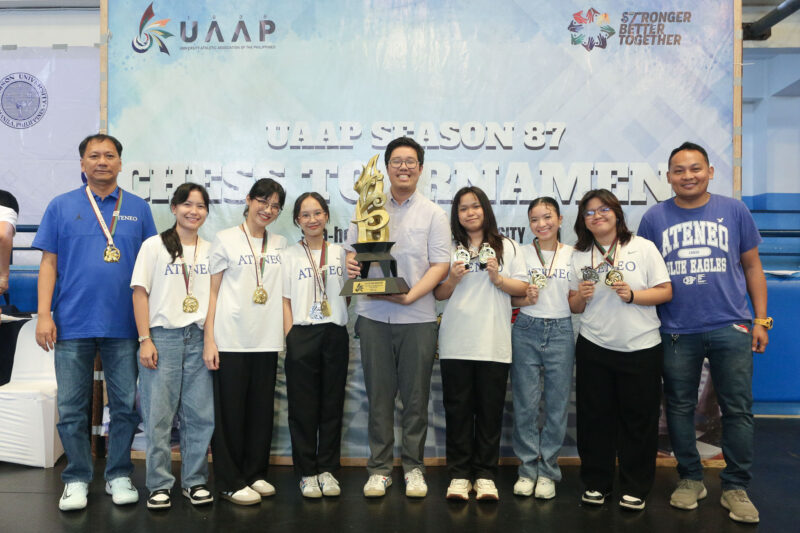Typhoon Ompong made landfall within the Philippine Area of Responsibility on September 12, 2018 and left 95 dead in its wake. This came despite President Rodrigo Duterte’s command conference two days before the typhoon’s landfall and the deployment of the National Disaster Risk Reduction Management Council’s (NDRRMC) response clusters to various disaster-prone areas in the country. In the typhoon’s wake, 893,844 individuals were recorded by the government to have felt Ompong’s effects, surpassing the 872,097 reports of people affected by Typhoon Ondoy’s brief, yet destructive run in 2009.
The mass destruction that resulted from Typhoons Ondoy and Pepeng led to the review of Republic Act 10121, also known as the Philippine Disaster Risk and Management Act of 2010. However, the disaster management initiatives listed in the R.A. were unable to help Filipinos withstand the damage from 2013 Super Typhoon Yolanda and subsequent typhoons.
Ompong, Ondoy, and Yolanda are only three of the 20 typhoons on average that pass through the Philippines each year. Devastation statistics change and disaster risk management schemes, whether implemented by the government or carried out by personal means, adapt.
Despite this, many less fortunate Filipinos remain vulnerable to the heavy rainfalls we experience every year. To call these initiatives a success, when it doesn’t reach those who need it the most, would be naive. Instead, it highlights a certain complacency in our administrative systems that goes beyond typhoon resiliency and disaster risk management efforts.
The resiliency narrative
However, a common trend among every storm that comes and goes is the celebration of the “Filipino spirit.” This idea brings to mind images of Filipinos using flooded lanes as slip and slides, cannonballing into murky waters, and even riding jet skis through murky waves of debris despite the devastation and destruction surrounding them. It is the notion of putting on a brave, unbothered, and happy face despite the worst of circumstances. This disposition is also equated to and interchanged with the “Filipino resiliency,” a mindset that supposedly powers Filipinos through every dire situation—may that be a super typhoon, political unrest, or the plight of poverty.
When Typhoon Karding swept the country last August, it was Marikina City that endured the brunt of the storm. Mayor Marcelino Teodoro told Inquirer that flash floods submerged almost 70% of the city’s land. Fortunately, local government units were quick to respond, with boats and tents made available to those in need.
Days later, a photograph published by The Philippine Star depicting a Filipino braving the floodwaters with a smile went viral on social media to a chorus of “Filipino resiliency.” However, it did not become viral because of the inspirational message it intended to convey; instead, it rose to infamy as Filipinos tired of this worn-out narrative.
This “resiliency” punctuates every pressing national issue we live through. Too many times have we seen photos and videos of Filipinos flashing a smile and waving at cameras amidst the flotsam of their washed up belongings.
The new normal
As a result, we have been conditioned to think that everything is fine even when they are not. How long can Filipinos weather the proverbial storm on resilience alone?
Ultimately, this brand of resiliency is counterproductive in the long run. We see it in the way that things haven’t changed, even after almost a decade from the milestone of Philippine calamities that is Typhoon Ondoy. Through the countless storms that Filipinos have faced, it seems that our version of recovery has always been to shrug it off and forget it ever happened.
Indeed, it is admirable to be strong enough not to be defeated by adversity, but neither is it a victory when we do nothing to prevent future strife. Although we can adapt to our struggles, this attitude has done nothing to demand something better for the people. Has our resiliency, then, become an excuse for our government’s shortcomings?
These days, this faulty narrative seems to have expanded to encompass a steady stream of devastating situations outside of the usual typhoon, including poverty, crime, and injustice, among other things. Even our national memory is slowly being overshadowed by complacency.
The need for a constantly resilient disposition only means that there is a severe lack of security and comfort in everyday life. It, then, becomes clear that the resiliency narrative is only ever used to refer to the Filipino poor.
Instead of being a tool of empowerment, our so-called Filipino resiliency has become our very own ball and chain—so much so that many Filipinos have forgotten that they have the right to demand for more than just survival, more than just the bare minimum.
There is a need to act, to look beyond resiliency, and to seek actual change. To do so, we must demand more from the country’s governing bodies.
Disrupting the pattern
The outrage over the photo is a step in the right direction at the very least. It means that we are aware that this narrative should not repeat anymore, and that we cannot just be “resilient” when times are tough. Speaking up allows us to hold the government accountable for what it lacks to provide us, such as an efficient disaster risk reduction system, and even accessible healthcare and quality education for all. At a time when information can be so accessible to us through the internet, the Filipinos cannot afford to be aloof anymore. Becoming aware, and speaking up when things could be improved on helps us disrupt this pattern that has rendered the government complacent over the years.
Resiliency isn’t the only admirable value that Filipinos possess. We should not be reduced to the trait that we only learned as a result of constant abuse from the people in power. We are more than that, and that’s why we deserve more than the bare minimum.
Editorial Cartoon by James Elijah Yap.







